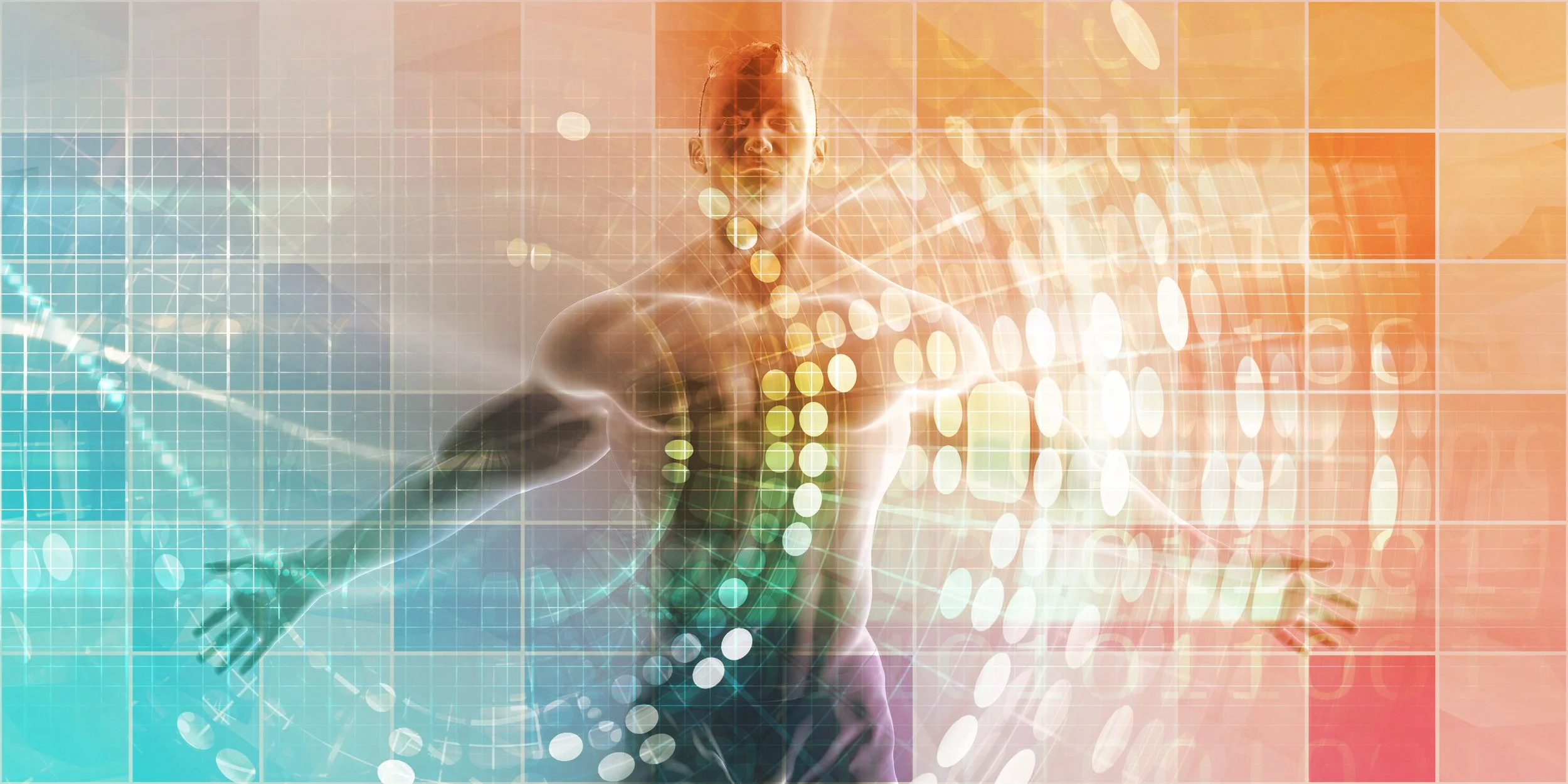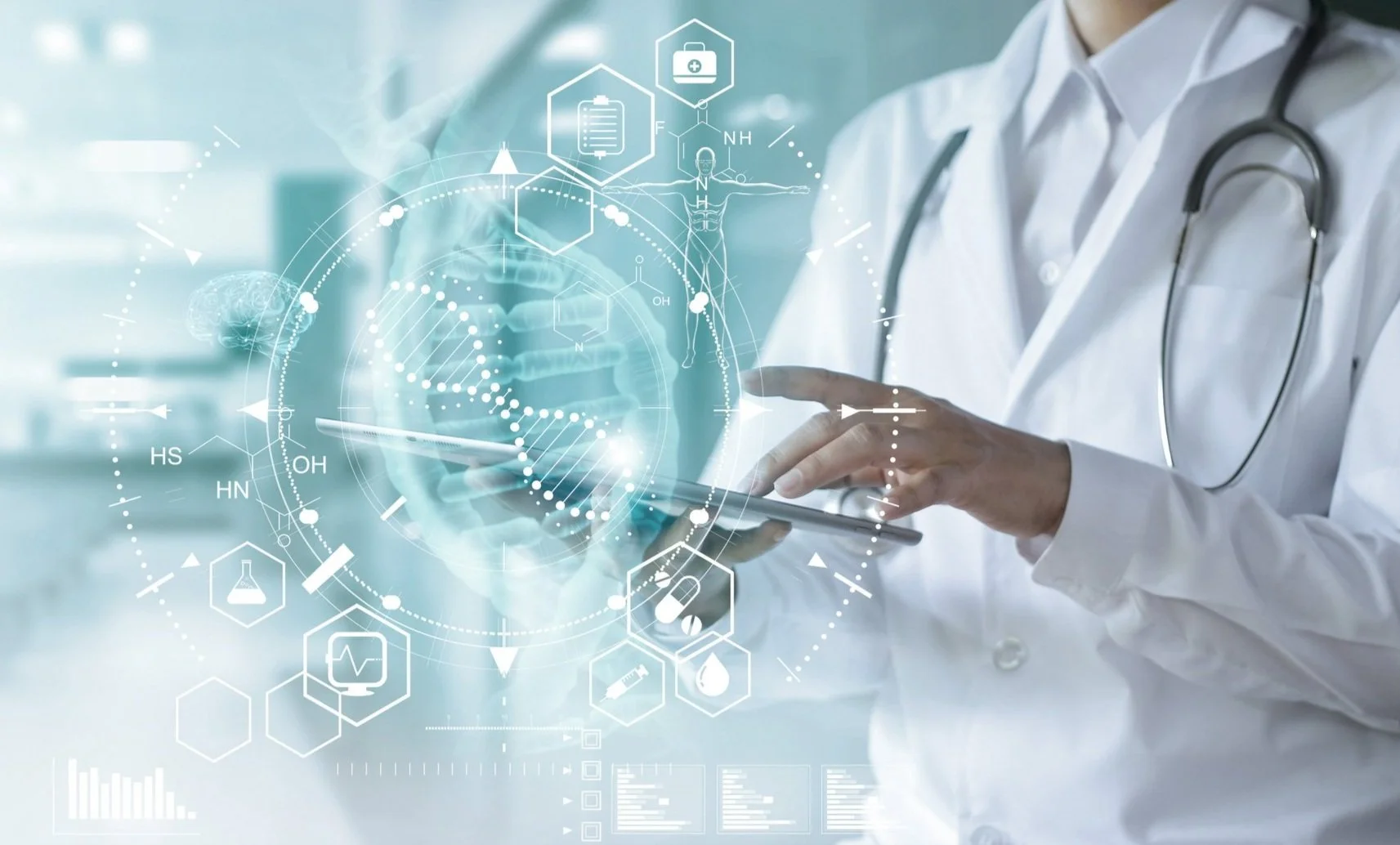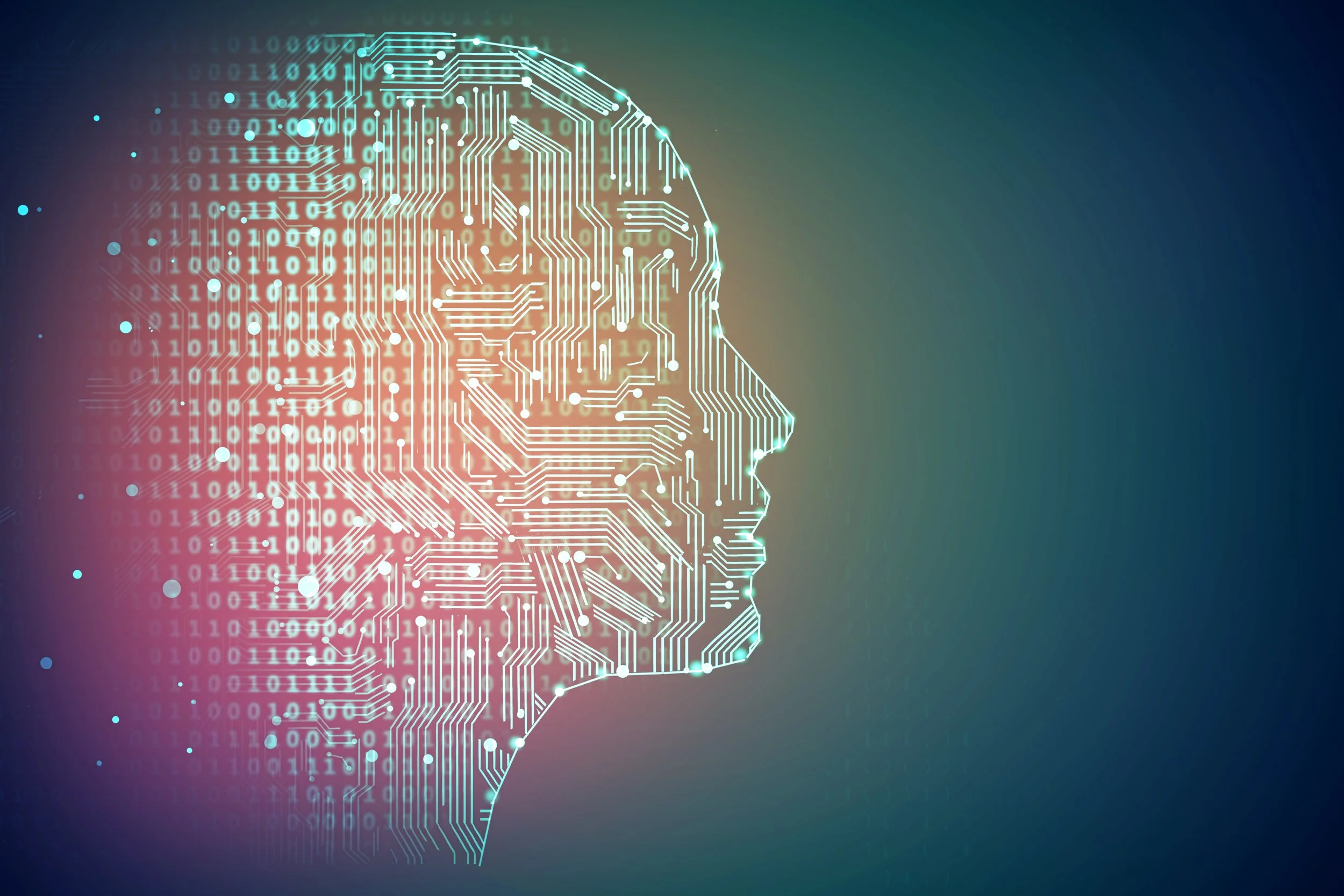*This article originally appeared on the Udacity Blog on March 9, 2021
Of all the ways that technology has transformed our lives, innovations in healthcare are some of the most impactful.
Telemedicine, artificial intelligence (AI)-enabled medical devices and blockchain electronic health records are just a few concrete examples of digital transformation in healthcare, which is completely reshaping how we interact with health professionals, how our data is shared among providers and how decisions are made about treatment plans and health outcomes.
Here are some of the innovations in healthcare we can thank technology for and what’s in store in the near future.
#1. Healthcare On Demand
Countless apps offer on demand healthcare services, enabling patients to get care without actually needing to call or visit a doctor’s office. Scheduling visits, payment, reports and more can be handled through the app. Plus, some apps offer house visits or virtual appointments, while others can be used to search and book appointments for things like flu shots and blood work.
With healthcare on demand, it’s important to note that patients, medical practitioners and healthcare administrators all stand to benefit.
For patients, it’s ease of accessibility and the convenience of being able to use an app anytime, anywhere. You’re saving time not having to call for appointments, and in the case of housecalls, you can get the medical care you need right from home. Ease of accessibility is particularly challenging for those in remote locations, and healthcare apps make it that much easier for them to get care.
For doctors and administrators, paperwork is highly time consuming, so having apps that process much of the paperwork saves time and effort — both of which could be spent on patient care instead.
On a broader scale, the accessibility of healthcare on demand means it’s easier to address issues when they pop up. The more people who can be proactive about their healthcare, the lower the hospitalization rates are and the less burden on the medical system overall.
What’s Next in On-demand Healthcare
You can expect to see an increase in healthcare on demand apps in the market, with a focus on even more advanced patient care options and extended services moving to a virtual (versus in person) environment.
#2. Artificial Intelligence & Virtual Reality
There’s no question that artificial intelligence and virtual reality have been a game changer when it comes to innovations in healthcare.
The combination of AI & bioinformatics is being used to improve overall healthcare for the entire population. The field is growing so rapidly that specialized education programs that focus on AI in healthcare are becoming more popular.
AI is often used to automate repetitive tasks and process large sequences of data, so when considering what that could mean for the future of AI in healthcare, doctors will have more and more time to focus on their patients. Things like surgery, clinical diagnosis and decision support, early detection and drug development are all aided by AI-focused innovations in healthcare.
Also, Virtual Reality (VR) can be used to simulate surgery, calm patients, allow physicians across the globe to partner for patient care, increase speed of healing for physiotherapy and more.
What’s next for AI & Virtual Reality in Healthcare
More advanced AI that can extract information for a patient’s overall healthcare footprint, the use of AI systems for specialist diagnostics in general care, advanced virtual assistance for patients and more.
#3. Mobile Medical Devices
The global market for wearable medical devices is expected to surpass $46 billion by 2025. From mobile heart monitors to oximeters and devices to monitor blood sugar, innovations in healthcare have made all of our lives a little easier.
Mobile medical devices can help consumers monitor some aspects of their health more closely and promote better health, from keeping track of how many steps they get during a day to hitting their target heart rate zone during a workout.
For patients with more complex medical issues or who may be at higher risk for certain outcomes, mobile medical devices can monitor vital statistics. This data can provide health care practitioners day to day data they may not have had access to otherwise and this data may also help predict possible outcomes or if some is at risk of a major medical event.
What’s Next for Mobile Medical Devices
Advanced devices related to mental health monitoring, more devices for monitoring vitals, devices communicating to various healthcare professionals in real time and more.
#4. Big Data
Thanks to technology, healthcare providers and managers have endless amounts of data at their fingertips.
Innovations in healthcare leverage big data by using statistics from a specific or a broad group mined from medical imaging, pharmaceutical research, wearable or other medical devices, electronic health records and more.
There are countless ways that big data can help the field of healthcare, particularly when it comes to preventative medicine. By using data to monitor and analyze individuals and various populations, medical professionals can more accurately assess risk factors and potentially minimize and mitigate certain outcomes.
Big data also comes into play for medical research. Knowledge is power, so the more information researchers have about past and current patients, treatments and outcomes, the better solutions they can develop.
Data can also play a pivotal role in reducing medical errors. The more data you can gather about what went right or wrong, the better positioned providers are to identify and avoid common mistakes.
What’s Next in Big Data for Healthcare
Continued innovation for data driven patient care, advanced logistics for prioritizing patient care, greater integration of IoT technology for patient monitoring and more.
The Future of Innovations in Healthcare
Innovations in healthcare have brought numerous benefits to our lives and as we look towards the future, we can expect this to not only continue, but increase in speed. From drone delivery of medical supplies to disruptive approaches to things like stem cell or cancer research, the world of healthcare innovations is and will continue to be an exciting place.
Are you interested in an exciting career that combines healthcare and technology?
Learn more about how Udacity’s AI for Healthcare Nanodegree allows you to be at the forefront of the revolution of AI in Healthcare, and transform patient outcomes.








